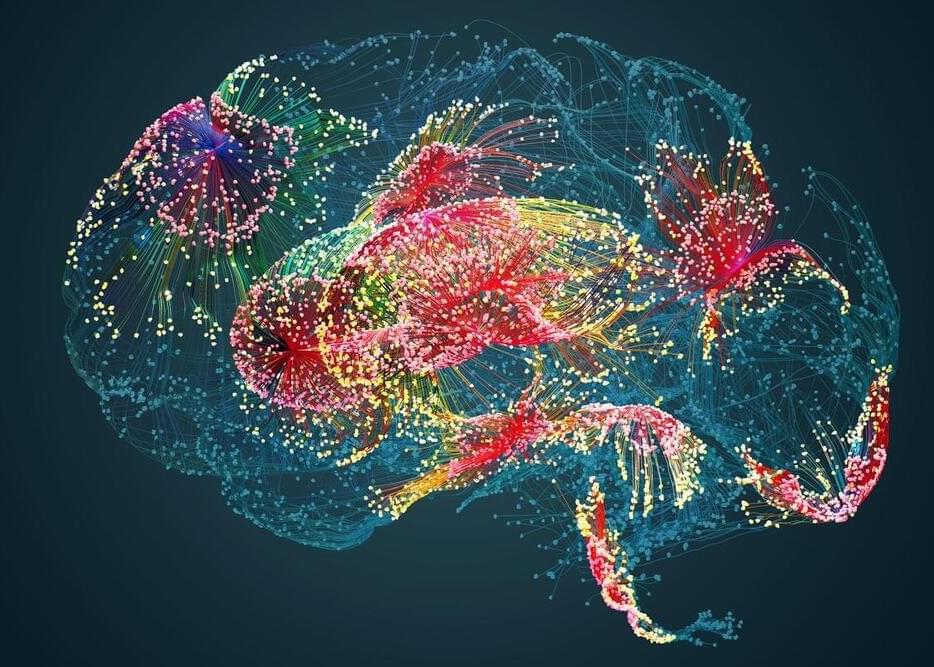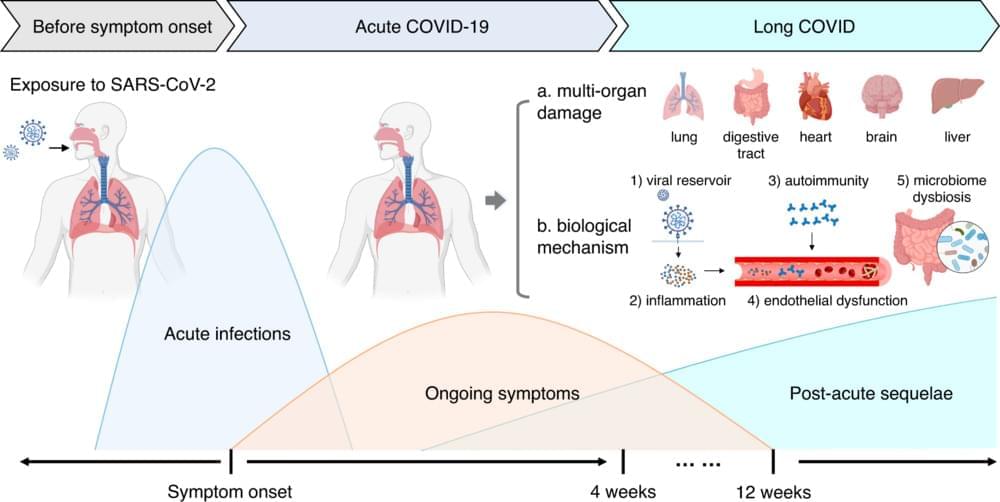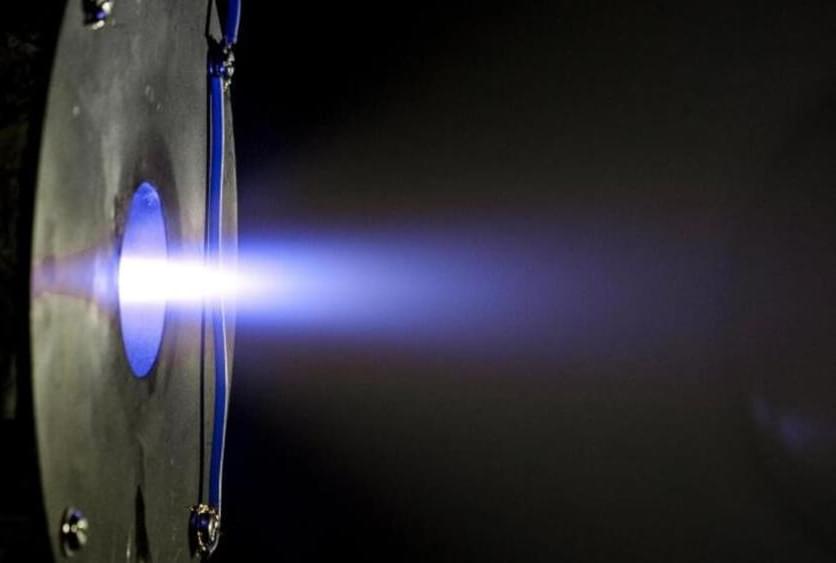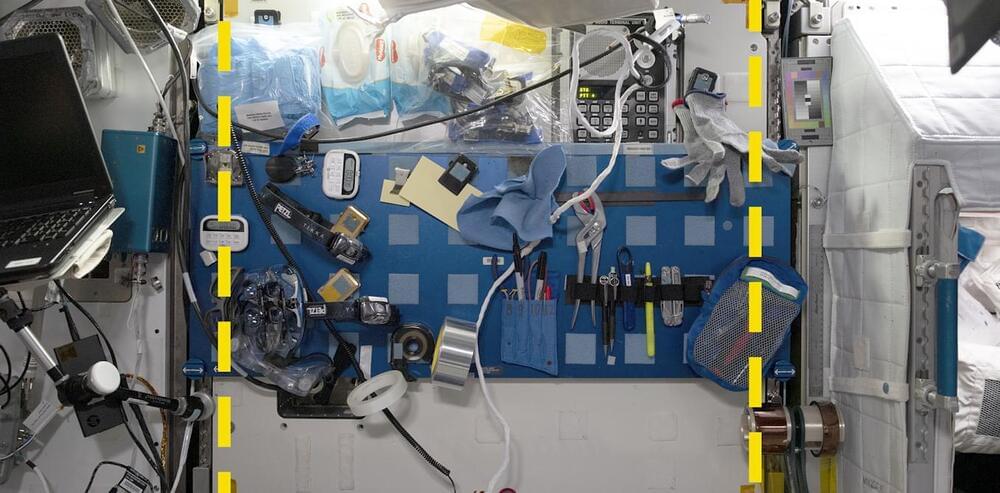Stretchy seaweed. reverse vending machines. qr-coded take-out boxes. to cure our addiction to disposable crap, we’ll all need to get a little loony.
Researchers wish to probe whether consciousness has a basis in quantum mechanical phenomena.
Since 2020, the condition known as long COVID-19 has become a widespread disability affecting the health and quality of life of millions of people across the globe and costing economies billions of dollars in reduced productivity of employees and an overall drop in the work force.
The intense scientific effort that long COVID sparked has resulted in more than 24,000 scientific publications, making it the most researched health condition in any four years of recorded human history.
Long COVID is a term that describes the constellation of long-term health effects caused by infection with the SARS-CoV-2 virus. These range from persistent respiratory symptoms, such as shortness of breath, to debilitating fatigue or brain fog that limits people’s ability to work, and conditions such as heart failure and diabetes, which are known to last a lifetime.
In a recent study published in Science Advances, researchers from the University of California, Berkeley, used the nematode model Caenorhabditis elegans to determine whether the olfactory nervous system could non-autonomously control the mitochondrial unfolded protein response in response to cellular stress.
A critical part of maintaining a state of cellular homeostasis is coordinating responses to environmental stress across tissues. Substantial evidence now supports the fact that the central nervous system regulates stress across all tissues. Furthermore, cell non-autonomous induction of stress responses occurs in peripheral tissues when unfolded protein responses (UPR) in the mitochondria and the endoplasmic reticulum are activated in the neurons.
Stressed cells undergo misfolding or unfolding of proteins, and UPR transmits protein folding status information to the nucleus to enable cellular stress responses or induce apoptotic cell death. The non-autonomous control of cellular stress responses is believed to be essential for the organism to survive toxic environmental conditions.
Discover how NASA’s Pulsed Plasma Rocket engine could revolutionize space travel with advanced propulsion technology.
Magnetic storm intensifies on Earth
Posted in futurism
Магнитная буря, накрывшая Землю, из средней стала сильной, сообщил ведущий специалист центра погоды “Фобос” Михаил Леус в Telegram-канале. РИА Новости, 12.08.
The Turing Award winner believes the only way to guarantee safety is to use AI, not humans, to check other AI systems.
Astronomers used the James Webb Space Telescope to create a comprehensive weather report for two brown dwarfs located about six light years from Earth.
Researchers have created the most detailed weather report ever for two distant worlds beyond our own solar system.
The international study – the first of its kind – reveals the extreme atmospheric conditions on the celestial objects, which are swathed in swirling clouds of hot sand amid temperatures of 950°C (1750°F).
Where do astronauts keep their toiletries? What’s with all the velcro? Here’s what we learned from doing archaeology on the International Space Station.
Quantum computers have the potential of outperforming conventional computers on some practically relevant information processing problems, possibly even in machine learning and optimization. Yet their large-scale deployment is not yet feasible, largely due to their sensitivity to noise, which causes them to make errors.









